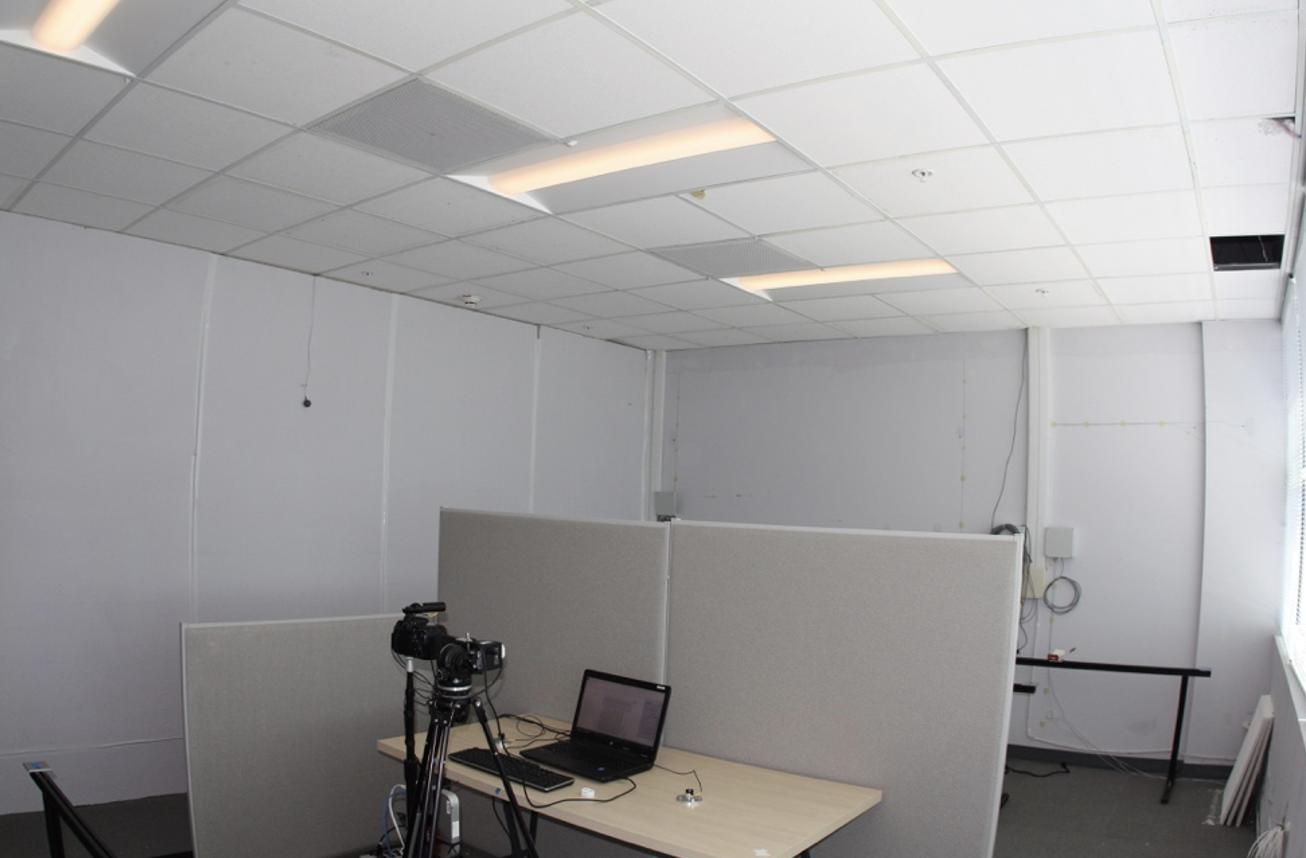Project Info
COMPLETE
 Project Title
Project Title
 Project Title
Project Title
LBNL - FLEXLAB Study of Connected Tunable White LED
Project Number ET18SCE1020 Organization SCE End-use Lighting Sector Commercial Project Year(s) 2018 - 2021Description
This project evaluated tunable white LED fixtures (troffers and pendants) with integrated controls, including daylight dimming, to determine visual and circadian performance and energy usage in commercial office space. The analysis culminated in information/recommendations for connected, tunable systems and strategies that optimize visual lighting performance, circadian stimulus, and EE.
Project Report Document
Loading PDF Preview...
